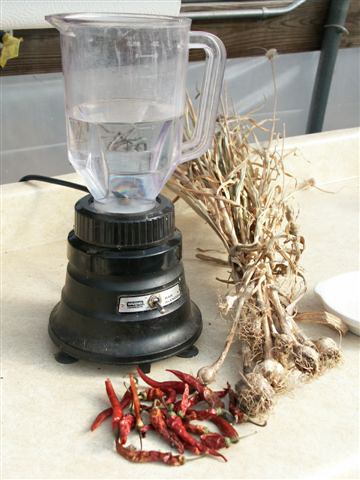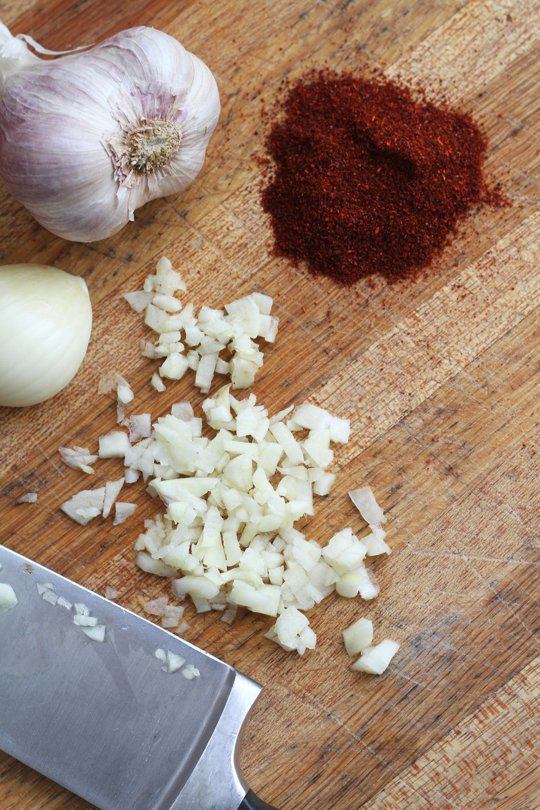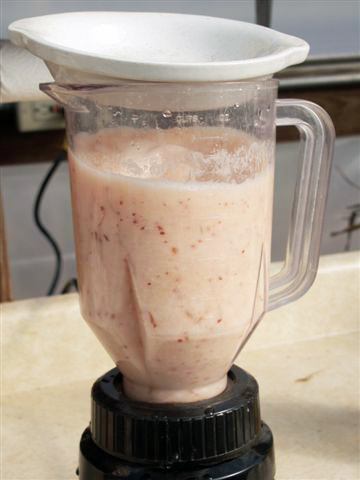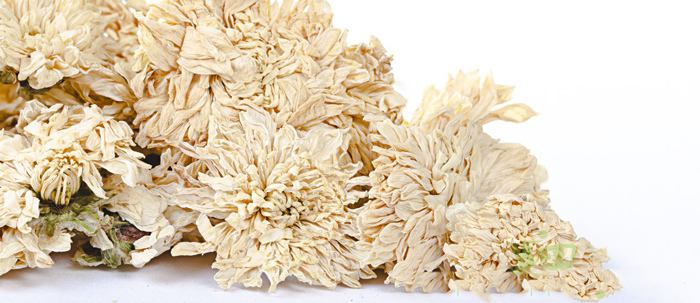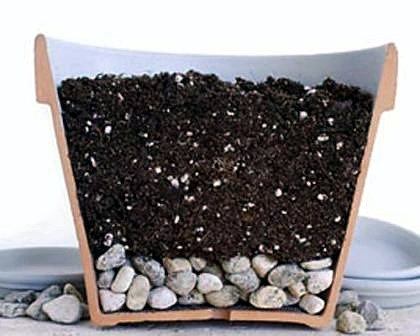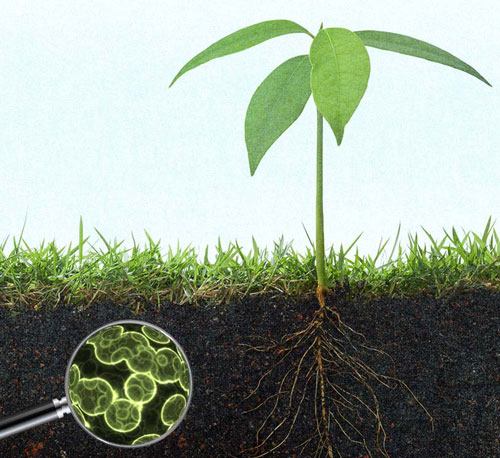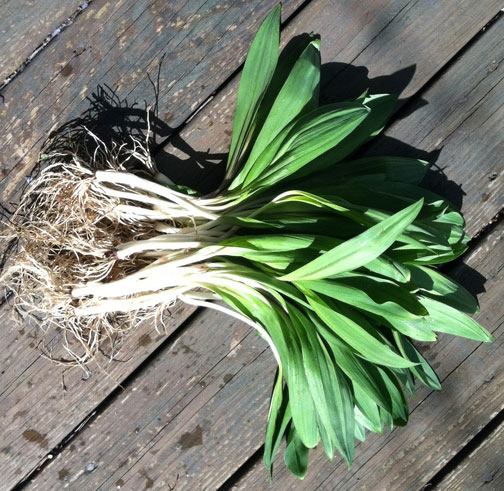Problems with insects and fungi arise not only in the garden beds. The greenhouse-like conditions of windowsills and balconies are very appealing to mold, especially when we carefully care for our plants – regular watering, fertilizing the soil, indirect sunlight. These conditions are also favorable for insects and fungi. Sometimes, we seriously have to consider using pesticides and fungicides.
When growing plants indoors, we must approach the use of strong agents very cautiously – plants are in the same space as us, which raises questions like how to calculate the minimum dosage and whether it is safe to consume treated herbs. But for small “production volumes” of a home garden, there is an excellent and proven alternative to synthetic concentrates – natural pesticides and fungicides that can be prepared independently from familiar plants and minerals.
I’ve tried to focus on sharing recipes with the most positive feedback since I have limited personal experience using these methods – alcohol has always been my go-to solution, which I’ll also share below.
Milk and Salt for Powdery Mildew
- 1 cup of milk
- 1 cup of water
- 1 teaspoon of salt (without a heap).
Salt dehydrates the fungus, while milk helps the salt stick to the leaves. It’s advisable to cover the soil to avoid salting it during treatment. Use this mixture every 2–3 days.
Rapeseed Oil and Soap Against Soft-Bodied Insects
Mix a tablespoon of rapeseed oil with a few drops of liquid soap and a liter of water. Insects indeed cannot survive it. Rapeseed, like soy, is used to make natural and effective pesticides.
Natural Essential Oils
Citrus essential oils protect well against pests. Especially effective are lemon, orange, bergamot, and lemongrass. Coniferous oils, however, are less effective.
Dissolve a few drops of oil and soap in 0.5 liters of water and spray the plants as a preventive measure.
Himalayan Pink Salt
Himalayan salt is a natural inorganic pesticide. It contains 83 chemical elements, some of which destroy the shells of soft-bodied pests and prevent the growth of fungi and mold spores. This salt is said to work better than rock or sea salt (though I’m skeptical about such claims—it’s essentially sodium that’s the active ingredient here, not the homeopathic quantities of molybdenum, gold, or other elements found in Himalayan salt). Use 1 tablespoon per liter of water. You can spray plants even preventively, but be sure to cover the soil to avoid oversalting it.
Hot Pepper + Garlic + Onion
These natural pesticides often appear in recipes in various combinations. Here’s a basic recipe:
- 2 teaspoons of ground chili (hot pepper, cayenne)
- Half an onion
- 3–4 cloves of garlic
- 1 liter of water
Blend the onion and garlic in a food processor with a small amount of water until it forms a paste. Mix the paste with a liter of warm water and the pepper, and leave it in a warm place to infuse for a day. Strain and spray the affected plant every 2–3 days. The infusion should be stored in the refrigerator and will remain effective for a few weeks.
Natural Laundry Soap
Everyone probably knows about the effectiveness of soap against, well, pretty much everything. Apparently, the alkali in soap acts as a good pesticide and fungicide, while the soapy base helps active substances stick to plants.
Grate 10 grams of soap and dissolve it in a liter of warm water. Some recipes include the addition of 2 tsp of baking soda. It’s not just laundry soap that appears in natural pesticide recipes.
Liquid Soap
Variations with liquid soap are becoming increasingly common, and I believe it’s due to the large number of organic and inorganic salts in liquid soap that make it effective against insects and mold fungi.
Dissolve a teaspoon of liquid soap in a liter of warm water and spray the plant with a sprayer every 2–3 days. Baking soda can also be added to this solution. There are recipes for liquid soap solutions with rapeseed oil: 1 tbsp of oil, 1 tsp of soap, and a liter of water. This exact mixture saved a Benjamin Ficus that was inexplicably sick and shedding its leaves. After treatment, it completely recovered its foliage.
Tobacco Leaves
This is Actually a Good Pesticide, but with One Significant Drawback
Tobacco often harbors the tobacco mosaic virus, which I wrote about in this article . Therefore, it is not suited for processing nightshades (tomatoes, peppers, eggplants…). Infuse 0.5 cups of tobacco leaves in a liter of warm water for a day, strain, and add a teaspoon of liquid soap (there are variations with milk: a cup of milk, 2 cups of water). Spray every 2-3 days until the problem disappears.
Chrysanthemum Flowers
Chrysanthemum contains a powerful paralyzing pesticide that handles most garden pests effectively. Combine 0.5 cups of dried or 1.5 cups of fresh flowers with a liter of boiling water and simmer the chrysanthemum on low heat for 20 minutes. I personally prefer infusing herbs in a thermos over boiling, but the original recipe calls for boiling. Let the decoction cool and strain it. Spray the affected plant.
Update 07/11/2017: I recently watched a chemistry lecture where natural plant pesticides were mentioned. The substance in chrysanthemums is very potent and, when used in concentrated forms in so-called “bio-farming,” can negatively impact the health of those who work with it.
Rhubarb Leaves
Rhubarb works due to its organic acids. Chop a cup of rhubarb into small pieces, pour hot (not boiling!) water over it, and let it steep for a day in a warm place. Strain, add a tablespoon of soap. Spray plants until the disease or pest disappears. It can also be used preventively.
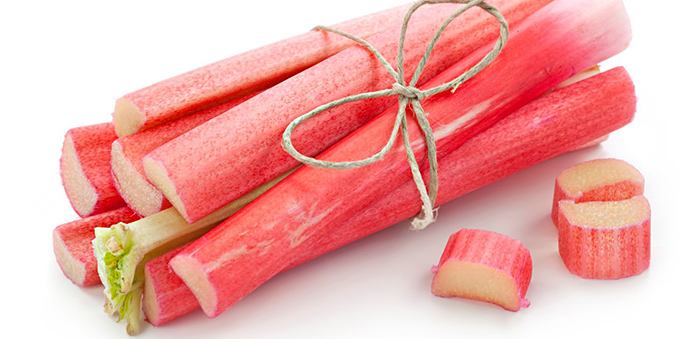
Alcohol
I personally use alcohol when early spring brings weak heating and increased humidity. During this time, a plant’s own protective properties weaken as it’s time for repotting and soil changes, and issues like scale insects or fungus on the soil surface emerge. I wipe plant leaves with a cotton pad soaked in pharmaceutical alcohol. I don’t dilute it. You can also spray alcohol on windowsills and frames. This is an excellent remedy for nearly everything except viruses. I sprayed thyme with alcohol after introducing spider mites—it works.
Garlic + Mint + Pepper
This pesticide-insecticide works equally well for both treatment and prevention.
- 5 peeled cloves of garlic
- 0.5 cups of dried mint leaves (or a cup of fresh ones, stems work too)
- 1 teaspoon of hot pepper
- 1 teaspoon of dish soap or liquid soap
- 1 liter of water
Blend everything except the water and soap into a paste using a food processor. Combine the paste with water, bring it to a boil, and let it cool for 12 hours. Personally, I would pour boiling water over the paste instead of boiling it. Strain, add soap, and spray the plants.
Chamomile
Chamomile is effective against fungal infections in plants and soil. Add 1 cup of dried chamomile flowers to a thermos and pour in a liter of boiling water. A thermos is a great alternative to using a water bath, and if you have the option to infuse herbs in a thermos, it’s better than cooking them on a stovetop. Allow it to steep overnight, strain. This infusion can be used for both spraying and watering plants. If mold appears on the soil, dry it out first, then reintroduce moisture.
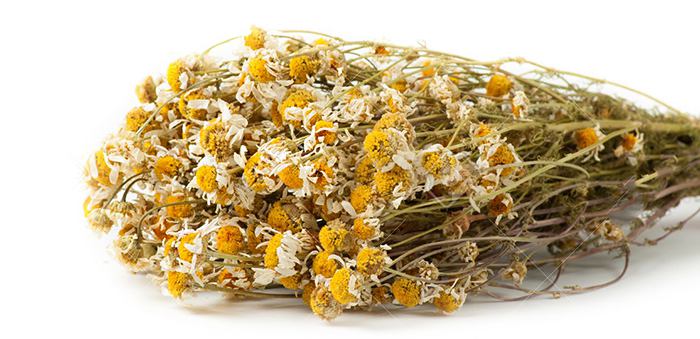
Aspirin
The use of acetylsalicylic acid warrants its own article, but for now, here’s the recipe: Dissolve 2 tablets of aspirin (300 mg each) in a liter of water—spray and water your plants with this solution. It’s one of the best remedies against powdery mildew, gray mold, and damping-off disease. I haven’t tried it myself yet nor delved into the mechanism of acetylsalicylic acid as a pesticide and fungicide, but I’m collecting materials. Reviews for using aspirin are positive.
Lemon Juice
Peel the zest from 5 lemons, pour 0.5 liters of boiling water over it, and let it infuse for a day. Squeeze the juice from the lemons, add a cup of water, and spray plants affected by aphids or other soft-bodied insects with the fresh juice. Avoid letting lemon juice reach the soil. Use the lemon peel infusion to water the soil around affected plants; for prevention, repeat once a month.
Why peels specifically: Lemon juice can acidify the soil, which might not suit all plants. The peel contains active essential oils that aphids cannot tolerate. This also applies to most citrus essential oils.
Soda + Oil
A good natural remedy for fungus. Mix 1 tablespoon of soda with 1 tablespoon of vegetable oil, and stir it into a cup of very warm water. Then pour this mixture into 1.5 liters of water. Spray every other day until the fungus disappears. One downside: soda can salinize the soil, so use this remedy sparingly, and consider the recipe with milk.
General Guidelines for Using Any Remedies
- Before treating the entire plant, test the solution on a single leaf or branch to ensure there are no adverse effects. Sometimes concentration can be miscalculated, or certain ingredients might not suit specific plants.
- Apply mixtures to the undersides of leaves and stems; treat the soil if the solution won’t acidify or salinize it.
- During treatment, move pots away from direct sunlight.
- Remember that all sprayable substances, even 100% natural ones, contain active ingredients that can cause serious discomfort if inhaled (especially those with hot peppers and essential oils). Always wear protective gear! The authors of most of the recipes I’ve collected note that ladybugs and bees are not harmed by natural pesticides because the concentration of active substances is significantly lower. This is very important because, by inadvertently exterminating these insects, we could leave our fields without pollination and natural protection from soft-bodied pests…
Addition as of 07/11/2017: Modern plant protection products are strictly monitored for toxicity, biodegradability, and their impact on pollinating insects.
I’d like to share a lecture by chemist Sergey Belkov on organic farming.
